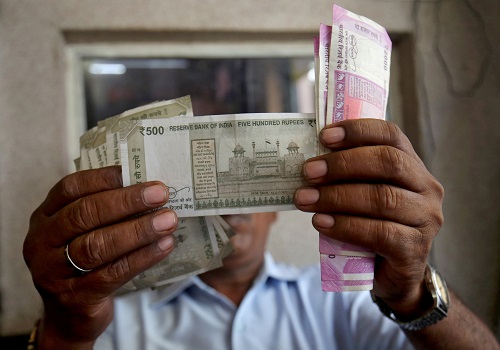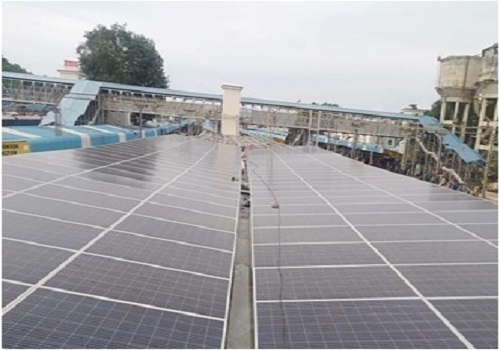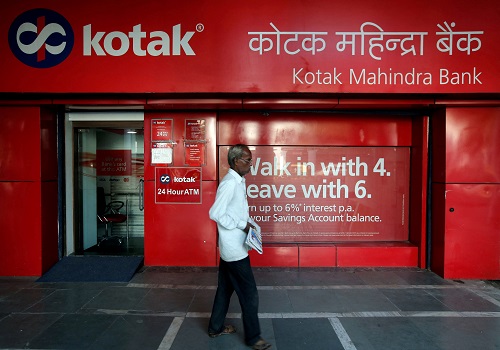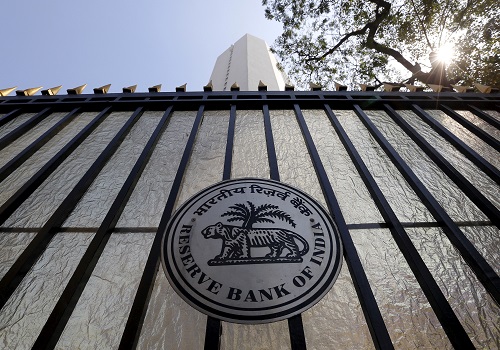India, World Bank sign $250 mn project for making dams safe

Follow us Now on Telegram ! Get daily 10 - 12 important updates on Business, Finance and Investment. Join our Telegram Channel
The Indian government, the Central Water Commission, representatives from 10 participating states, and the World Bank on Wednesday signed a $250 million project for long-term dam safety programme and improving the safety and performance of existing dams across various states.
The Second Dam Rehabilitation and Improvement Project (DRIP-2) will strengthen dam safety by building dam safety guidelines, bringing in global experience, and introducing innovative technologies.
Another major innovation envisaged under the project, that is likely to transform dam safety management, is the introduction of a risk-based approach to dam asset management that will help to effectively allocate financial resources towards priority dam safety needs.
The project will be implemented in approximately 120 dams across Chhattisgarh, Gujarat, Kerala, Madhya Pradesh, Maharashtra, Manipur, Meghalaya, Odisha, Rajasthan, and Tamil Nadu, and at the national level through the CWC. Other states or agencies may be added to the project during project implementation.
The agreement was signed by Additional Secretary, Economic Affairs, on behalf of the Centre, representatives of the Chhattisgarh, Gujarat, Kerala, Madhya Pradesh, Maharashtra, Manipur, Meghalaya, Odisha, Rajasthan, and Tamil Nadu governments, and the World Bank's Country Director Junaid Ahmad.
World Bank support to dam safety in India includes the recently closed DRIP-1 ($279 million + $62 million additional financing) that improved the safety and sustainable performance of 223 dams in six states of India and one central agency.
Other important measures that DRIP-2 will support include flood forecasting systems and integrated reservoir operations that will contribute to building climate resilience, the preparation and implementation of Emergency Action Plans to enable vulnerable downstream communities to prepare for and enhance resilience against the possible negative impacts and risks of climate change, and the piloting of supplemental revenue generation schemes such as floating solar panels.





.jpg)


















